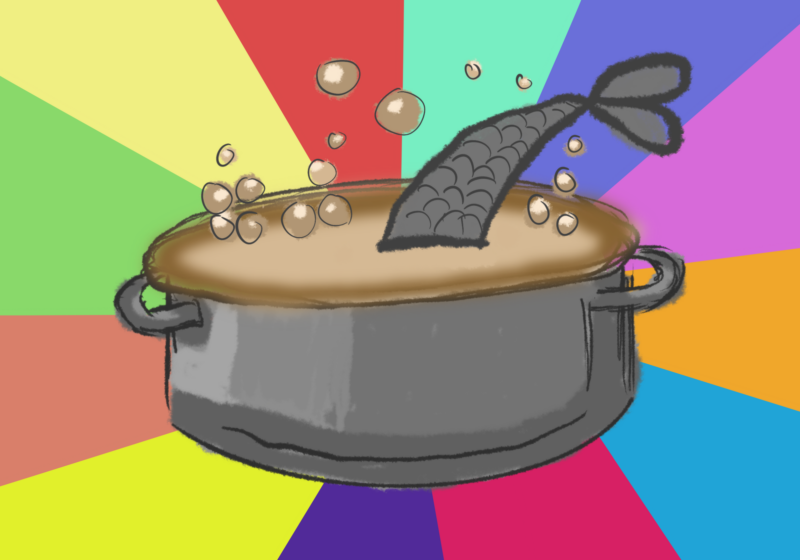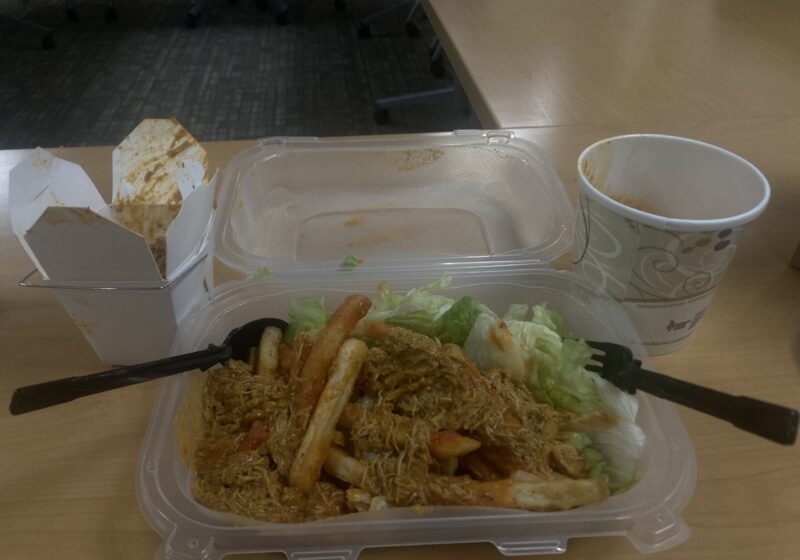In light of President Barack Obama’s address to the nation, professors from the political science, history and economics departments shared their thoughts and analyses of Obama’s stimulus package and other economic recovery programs. Professor of Political Science David Primo, Professors of History Daniel Borus, and Robert Westbrook and Professor of Economics Michael Rizzo brought a range of perspectives when analyzing the many recovery programs.
The history professors drew parallels to the New Deal because of the massive government spending projects. Borus and Rizzo differed on their views of the $275 billion housing program announced by Obama in Phoenix last week.
Consumer Lending and Bank Solvency
President Obama’s stimulus package has multiple parts, but its critics pointed out that the problem of consumer lending is not addressed specifically in the package. Primo felt consumer lending was not addressed.
‘The stimulus package will have virtually no effect on consumer lending,” he said. ‘A major restructuring of the U.S. financial system is probably necessary to achieve that goal.”
Rizzo had a different view of the role of lending. Rizzo asserted that a decline in bank lending is not a cause of the recession. He felt the government’s utilization of this cause was misguiding the American people.
He argued that in the event major banks like Bank of America and Citi bank fall entrepreneurs would seek funding from other sources. The failures of these banks won’t take away from the fact that there will always be lenders and borrowers.
Rizzo’s conclusion was that the government is spending too much energy on the Troubled Assets Relief Program and would be better off identifying which banks are suffering from insolvency and which are suffering from liquidity.
The TARP plan’s objective is to purchase assets from financial institutions in order to strengthen the financial sector.
Liquidity problems occur when the lenders want their money, even when the business that borrowed the loan is doing well. Rizzo said that it would be wiser for the government to address these banks.
On the contrary, the banks that face insolvency are separate issues.
‘The bank [facing insolvency] has made loans to bad businesses,” Rizzo said. ‘It loaned money to a restaurant entrepreneur that thinks he can make a lot of money selling tuna-chocolate lasagna. No amount of cash and reserves pumped into the bank is going to make that business any more popular. The solvency problem is a market signal that the businesses being financed need to shrink or go away entirely.”
Another Stimulus Package?
Borus felt that the stimulus package addressed a number of issues, including the need to increase consumption and production.
However, Borus echoed the sentiment of Obama, who has not ruled out coming back with a second stimulus package.
‘My first approximation is that [the stimulus package] is a little short,” Borus said. He added that a second stimulus could be needed because new economic problems may need to be addressed. Additionally, he hinted that politicians may have chosen a number that was politically safe and not the most economic. A $1 trillion price tag on a stimulus package is considered a political liability; with that in mind, the current stimulus package may have indeed run a little short.
Borus was not worried that a second package would be difficult to pass on Capitol Hill.
He noted that once government spending started, it was hard to stop, which may be advantageous if Obama determines a second stimulus package is necessary.
Three-part housing plan
Last week, Obama unveiled a three-part housing plan designed to put people back in their homes. The plan, valued at $275 billion, aims to restore confidence in Fannie Mae and Freddie Mac, the government-owned mortgage companies. Another part of the agenda is to refinance home mortgage loans for responsible homeowners. Obama’s third point is to create a $75 billion homeowner stability initiative, one that will keep at- risk homeowners in their homes. Borus likened this plan to taxpayer money going toward the fire department. The majority of fires are started by neglect, he said, but that is why we pay money to have fire departments, because the damage of fires would hurt all of us.
Therefore, Borus concluded that the consequences for all people would be severe if they were not put back in their homes.
While Borus viewed Obama’s housing agenda as necessary, Rizzo questioned the program. He felt that as consumer confidence continues to plummet nation-wide, the new housing policies may create an even greater uncertainty. Under the new housing policies, the government is allowed to intervene in private contracts. Furthermore, judges are specifically allowed to reduce the amount of principle owed on a mortgage
Rizzo explained that the policy will damage consumer confidence.
‘Separate from whether this will help the economy now, ask yourself how such a change in the legal/institutional environment affects the interest and ability of lenders to make loans in the future,” Rizzo said. ‘Would you lend me $1 million to start a business if you knew that tomorrow I could take a vacation, gamble it all away and then have a bankruptcy judge wipe out a portion of the amount I owe you?”
Parallels to the New Deal
The general consensus over the past few weeks, articulated by Obama and echoed by many economists and other government officials, is that the stimulus package, along with economic recovery projects, such as housing plan and the TARP plan, is the largest government economic intervention since the New Deal. Borus saw broad similarities between the stimulus package and the New Deal.
‘Both are predicated on the notion of government spending to provide a stimulus for the economy,” he said.
Borus felt that the government can be an employer of last resort. He added that the stimulus package sounds familiar and was justified by the successes of the New Deal.
Professor of History Robert Westbrook saw similarities in Keynesian economic motives.
Westbrook added that a Keynesian theme was not fully expressed in the FDR era until 1936 and pre-World War II mobilization.
Westbrook was also able to draw parallels to specific programs, particularly in public spending programs.
He said that public spending programs such as the Public Works Administration and the Works Progress Administration of the New Deal closely aligned themselves with the current shovel-ready projects in the stimulus package.
Potential modifications to the Stimulus
Rizzo pointed out that 40 to 60 percent of the aid will not be applied until 2010 ends. That will automatically make it the longest post-World War II recession since the 16-month recession of July 1981. Rizzo identified four things that must be considered for the stimulus if it is to come to the recession’s aid. First, he argued that we must question whether or not it’s valid to call the package a ‘stimulus.” In order for it to legitimately be considered a stimulus, resources that aren’t employed must be employed. Currently, most resources are unemployed.
The second issue is that the government cannot assume that all unemployed workers can participate in a given task. He provided an example of a laid-off bondsman from a city not able to layout fiber optics in a rural area.
The third issue he pointed out is that the stimulus must be funded. ‘Whether by taxes now, taxes in the future or future inflation, resources do not drop from the sky like manna from heaven, despite the messianic government claims to the contrary,” he said.
Rizzo added that there will be a loss of economic activity, due to the taxes because people behave differently when there’s tax or inflation. Economists estimate that the loss can range anywhere between 30 and 80 p
ercent. Thus, roughly $200 billion may be lost from the $800 billion package.
Lastly, Rizzo explained that all of the success of the stimulus’s application is under the assumption that the government is efficient in its projects and properly distributes funds without any corruption. He commented that some projects are profit-seeking and unproductive in stimulating the economy.
‘Take a look at the multi-million dollar outhouse that was just built in Glacier National Park if you want to get a sense for how serious this problem is,” he said.
Rizzo concluded that there are details that distinguish the package from a decision based on economics and a decision based on politics.
‘The other way to understand that it is a political decision is that much of it is not stimulus, it is increased spending,” he said. ‘That much of the increased spending (in fact, we are promised even more based on last night’s address) is being justified in the name of a crisis.”
Nathaniel is a member of the class of 2011.
Willis is a member of the class of 2011.




